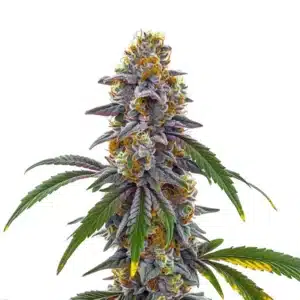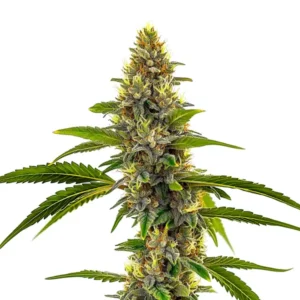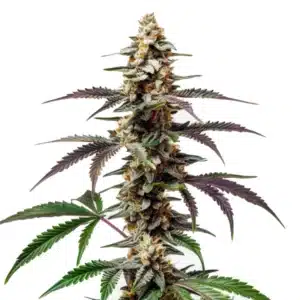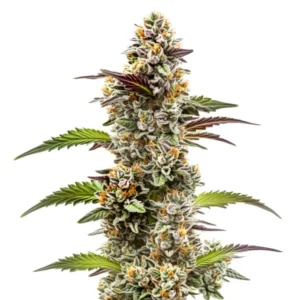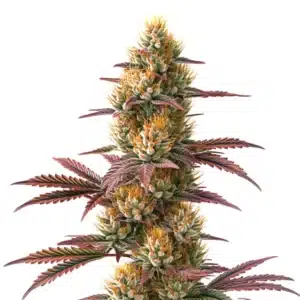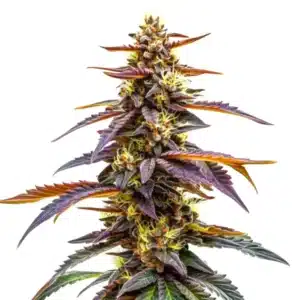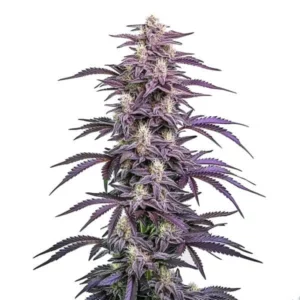
Best Feed for Weed Plants: Nutrient Solutions Uncovered
Realizing Cannabis Nutritional Needs
Cannabis plants need specific nutrients to thrive. They require balanced minerals, vitamins, and water at each stage. Many factors, such as growth phase, strain, and environment, affect nutrient uptake. These factors change plant performance and yield. Growers must study these elements carefully. They should track plant signals to adjust feeding methods and improve plant vigor. This approach provides valuable insight into each plant’s requirements and leads to a bountiful harvest.
In early growth, cannabis plants need balanced nutrients to form strong roots and healthy leaves. As plants enter flowering, their needs change. They require a precise feed mix that supports bud growth. Tailor your nutrient solution to each growth stage. Regular monitoring and adjustments increase yield and quality. Keep a close eye on your plants and modify feed amounts. This strategy produces optimal outcomes and boosts overall plant performance.
Recommended Strains
Candyland
-
THC: 18% - 20%
-
Type of seed: Feminized
-
Phenotype: 70% Sativa / 30% Indica
-
Flavor: Sweet
-
Day to flower: 8 - 10 weeks
CBD Candyland
-
CBD: 5% - 7%
-
THC: 5% - 7%
-
Type of seed: CBD Feminized
-
Phenotype: 80% Sativa / 20% Indica
-
Flavor: Citrus, Earthy, Spicy, Sweet
-
Day to flower: 8 - 10 weeks
Key Nutrients for Cannabis Growth
To achieve robust growth and high yields, focus on essential nutrients. Nitrogen, phosphorus, and potassium, often called N-P-K, are the primary macronutrients for cannabis. Nitrogen drives leaf growth and overall plant energy. Phosphorus boosts root development and flower formation. Potassium improves water use and nutrient transport within the plant. Each nutrient supports vital processes. Growers must mix these nutrients precisely to support vigorous plant development.
Cannabis also benefits from secondary nutrients like calcium, magnesium, and sulfur. Calcium builds strong cell walls, magnesium powers photosynthesis, and sulfur aids protein synthesis. Micronutrients such as iron, manganese, and zinc prevent deficiencies. They support robust growth and protect against disease. Striking the right nutrient balance ensures healthy plants. This careful mix prevents issues and optimizes the final yield.
Differences in Feeding Requirements
Feeding needs vary based on strain genetics, environment, and growing medium. Indica and sativa strains have distinct nutrient demands. Some sativa strains prefer higher nitrogen levels in the vegetative phase. Indica strains often thrive on a balanced feed. Each strain shows unique signals, so growers must adapt their feed strategy accordingly. They can adjust nutrient formulas based on specific plant cues.
Environmental factors like light and temperature also impact feeding. High light intensity increases nutrient demand for photosynthesis. Lower light reduces nutrient uptake, so adjust feed rates accordingly. The growing medium, whether soil, hydroponics, or coco coir, influences nutrient retention. Hydroponic systems require more frequent feeding due to rapid uptake. Studying these differences allows growers to choose the best feed for weed plants that meet their specific conditions.
Promos & Deals
Types of Nutrient Feeds
When feeding cannabis, choose among several nutrient types. Each option offers distinct benefits and challenges. Learn the advantages of each feed to match your growing style. Growers must select products that boost plant growth and yield. Evaluate your cultivation goals before choosing a feed. This process guides you toward the best nutrient choice. Research product details to support your cultivation plan.
Organic vs. Synthetic Options
Organic feeds derive from natural sources. They support a healthy soil ecosystem and enhance microbial life. Ingredients like compost, bone meal, and fish emulsion boost flavor and aroma. Many growers prefer organic options for their natural benefits. Synthetic nutrients provide precise control over nutrient ratios. They deliver quick results and offer predictable performance. Some cultivators worry about chemical residues, so they compare both options. Choose the feed that matches your quality and yield goals.
Many cultivators weigh benefits carefully. Organic options improve soil texture and overall plant health. Synthetic options allow precise adjustments for rapid growth. This debate often centers on flavor and consistency. Growers study each option to match their specific needs. They experiment and share insights to find the best feed for weed plants for their operations.
Liquid vs. Solid Feeds
Liquid feeds dissolve in water and allow rapid nutrient uptake. They offer quick fixes during critical growth stages. Growers easily adjust liquid feed concentrations to match plant needs. Liquid solutions provide uniform distribution to roots. In contrast, solid feeds, like granular fertilizers, release nutrients slowly. They supply a steady nutrient flow over time. Solid feeds suit long-term feeding strategies. Each method offers distinct timing and control benefits.
Many growers integrate both liquid and solid feeds. They combine quick-acting solutions with sustained nutrient release. This hybrid approach helps meet varying plant demands. Experimentation and observation guide the feeding schedule. The process improves plant health and overall yield quality. Such strategies promote a balanced nutrient supply and help identify the best feed for weed plants.

Choosing the Best Feed
Selecting the best feed for weed plants requires careful thought. Consider factors that affect plant health, including nutrient ratios and source quality. Evaluate product labels to check the N-P-K values. Different growth stages require different nutrient balances. Study product reviews and expert advice before choosing a feed. Assess your growing method and medium. This approach leads to better plant performance and higher yields.
Factors such as growing medium and environmental conditions influence feed choice. Hydroponic setups may favor liquid feeds, while soil growers often choose organic options. Reputable brands with clear ingredient lists perform best. Research and trial help determine the optimal feed for each setup. Use this information to create a tailored nutrient plan. This strategy ensures your plants receive the best feed for weed plants and produce vibrant yields.
User Reviews and Expert Recommendations
User reviews offer practical insights into nutrient feed performance. Experienced growers share feedback on effectiveness and ease of use. They provide useful tips that help new cultivators choose wisely. Expert recommendations further guide product selection. Consult local growers and online forums for trusted advice. Reviews and recommendations support informed decisions. Growers gain confidence in their choices and improve overall yields.
Experts share advice on the best feed for specific conditions. They compare various products and discuss their performance. This feedback helps identify reliable nutrient solutions. Combining user reviews with expert insights boosts confidence. It encourages growers to experiment and optimize their feeding strategies. A well-informed choice leads to healthier plants and a better harvest. Many report that selecting the best feed for weed plants makes a noticeable difference.
Application Techniques and Dosage
Proper application techniques and correct dosage maximize nutrient effectiveness. Follow manufacturer guidelines for feed amounts and frequency. Growers must monitor plant responses to avoid nutrient burn. Start with low concentrations and gradually increase the dose. Even distribution across the root zone is crucial. Proper feeding techniques support consistent nutrient uptake. This careful application improves plant health and yield quality.
Using the best feed for weed plants consistently improves overall yield. Liquid feeds require even distribution over the roots. Avoid applying nutrient solutions on leaves to prevent damage. Mix solid feeds evenly into the medium to ensure gradual release. Regularly water with plain water to flush out excess salts. Monitoring tools like pH and EC meters help maintain balance. These practices support healthy growth and prevent nutrient imbalances. Consistent application and dosage adjustment lead to optimal performance.
How to Apply Nutrient Feeds Properly
Follow the manufacturer’s instructions when applying nutrient feeds. Avoid overfeeding to prevent nutrient burn. Use a lower dose initially and increase gradually. Spread liquid feed evenly across the root zone. Do not pour nutrient solutions on leaves to avoid damage. Solid feeds should mix thoroughly with the medium. Regularly water with plain water to flush out excess salts. These steps help maintain a balanced nutrient supply for optimal growth.
Evenly applying nutrients ensures the plants absorb all the elements they need. Use precise measuring tools for accuracy. Each feeding session should target the root area. Proper techniques boost nutrient uptake and minimize waste. This method supports consistent and healthy plant development. The process produces improved growth and better yields.
Monitoring and Adjusting Dosage
Monitor your plants regularly to assess nutrient needs. Check leaf color, growth patterns, and vigor for signs of deficiency or toxicity. Use tools like pH and EC meters for accurate readings. Adjust the nutrient concentration based on observed changes. Frequent monitoring allows growers to fine-tune the feeding regimen. Regular adjustments help maintain optimal nutrient levels. This method ensures that plants perform at their best.
Adjusting dosage involves careful observation and immediate changes. Increase or decrease feed concentration as needed. Look for visible signals in plant health and growth. Consistent monitoring prevents overfeeding and underfeeding. This practice keeps the nutrient balance in check. A well-managed feeding schedule results in healthier plants and better harvests. Tracking responses helps determine the best feed for weed plants for ongoing success.
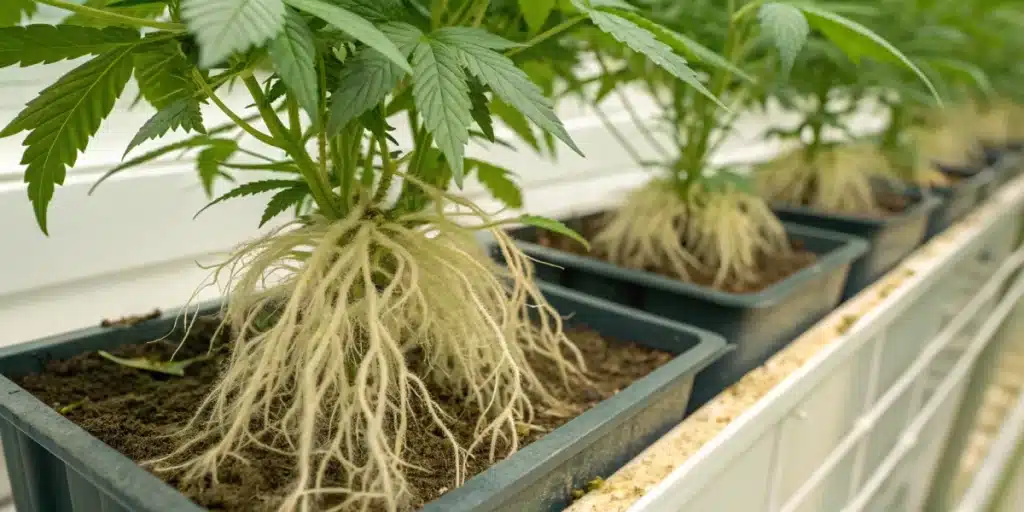
FAQs about best feed for weed plants
What is the best nutrient feed for cannabis?
The best nutrient feed for cannabis depends on the growth stage and strain. A balanced N-P-K mix works well during vegetative growth. For flowering, increase phosphorus for optimal bud development. Organic feeds may improve soil life. Synthetic blends provide precise control. Growers should test various options and select the one that fits their needs. This selection process ensures maximum plant performance.
How do I know if my plants need more feed?
Watch for yellowing leaves, stunted growth, or poor bud formation. These signs indicate nutrient deficiencies. Regular observation helps detect problems early. Growers can adjust the feeding regimen accordingly. Consistent monitoring lets you measure plant health accurately. Knowing your plants well leads to timely changes. This proactive approach prevents further issues.
Can I mix different types of nutrient feeds safely?
You can mix nutrient feeds if they are compatible. Check each product’s instructions carefully. Start with lower concentrations to prevent nutrient burn. Monitor your plants for any adverse reactions. Combining feeds can provide balanced nutrients. Test on a small batch first before scaling up. This cautious method ensures a safe and effective blend.

